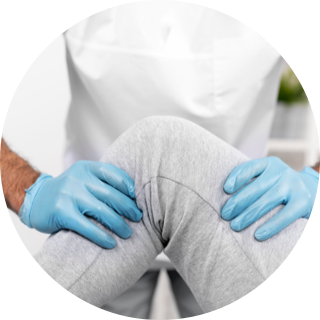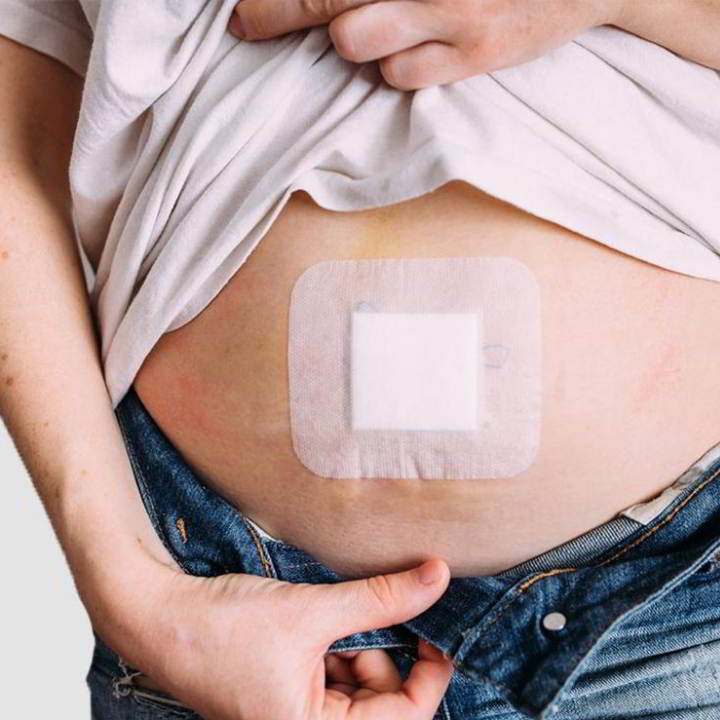Information
This condition is named after Jerry Gilmore, the Engliush surgeon who first recognised this syndrome in 1980. This syndrome is characterized by chronic pain in groin of athletes and extension of the external aperture of inguinal canal. It is noticed most often in footballers, hockey-players, rugby-players, and may develop in amateurs as well as in professional athletes. No hernia is proven at physical and image examinations, and such is not discovered at operative correction of the status. The term hernia is used wrongly in this case but it remained in literature as the operative correction of sport hernias is related to performance of surgical reconstructions, similar to these in inguinal hernias.
After playing sport, usually the affected sportsman has rigidity and pain. Each effort, leading to elevation of intra-abdominal pressure like coughing, sneezing or sport activity may provoke the pain. In the early stages, the persons may be able to continue playing their sport, but the problem usually gets progressively worse. Conservative treatment involves stabilising and strengthening the muscles of the pelvic region. Rest is necessary for 6-8 weeks. It may allow continuation of active sport activity for a short period of time but is not definite solution of the problem. However, there usually comes a time when the person can no longer continue because the physical capacity is reduced significantly and a surgical approach is required to correct hernia.





 On this page, you can change your choices at any time after you have read and understood our
On this page, you can change your choices at any time after you have read and understood our